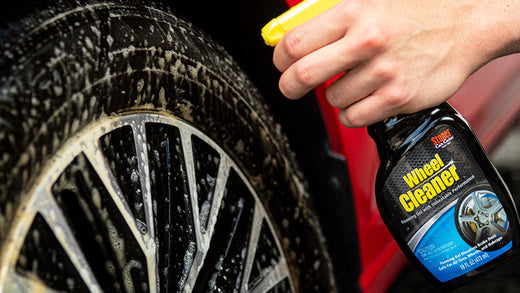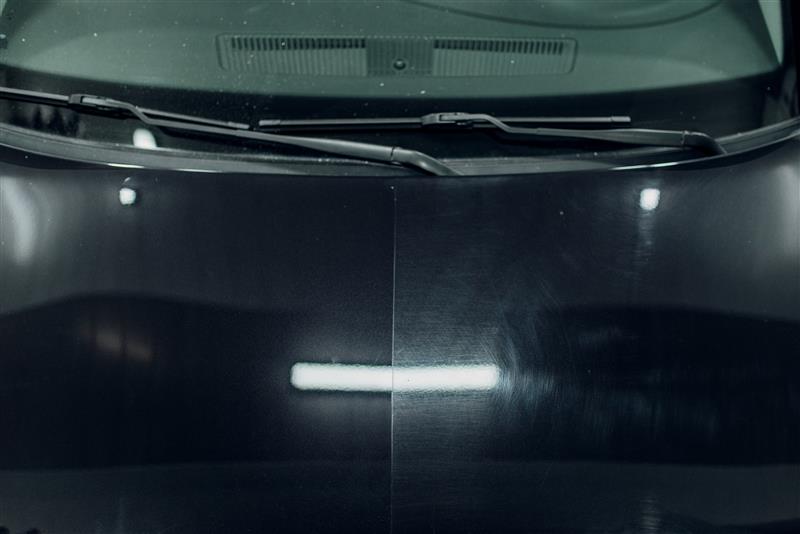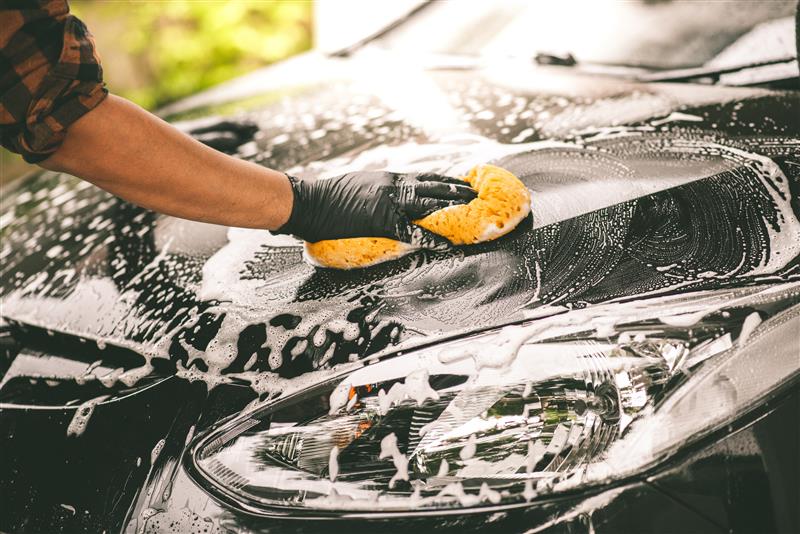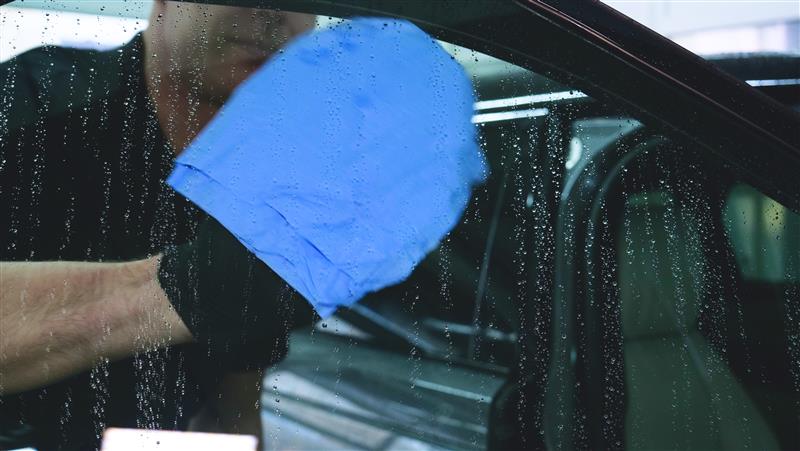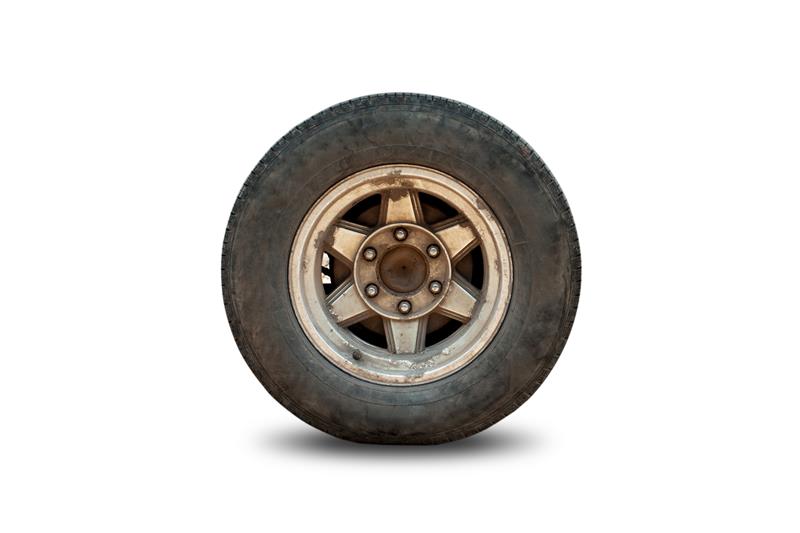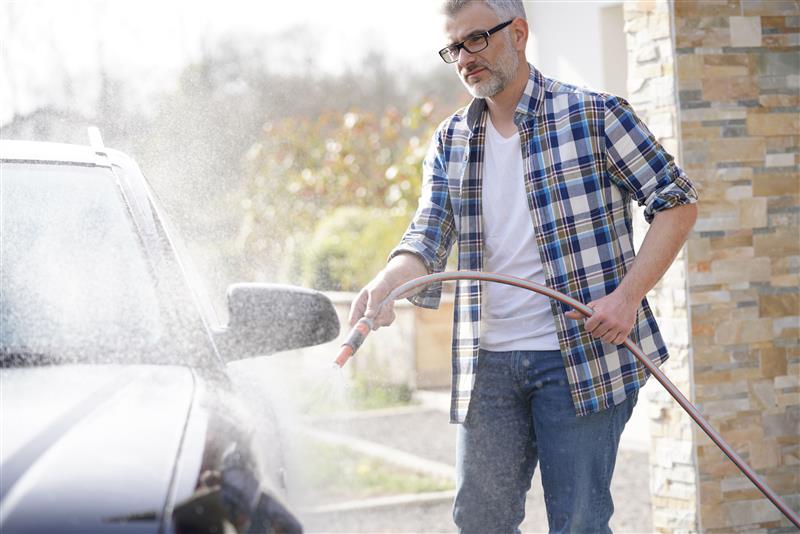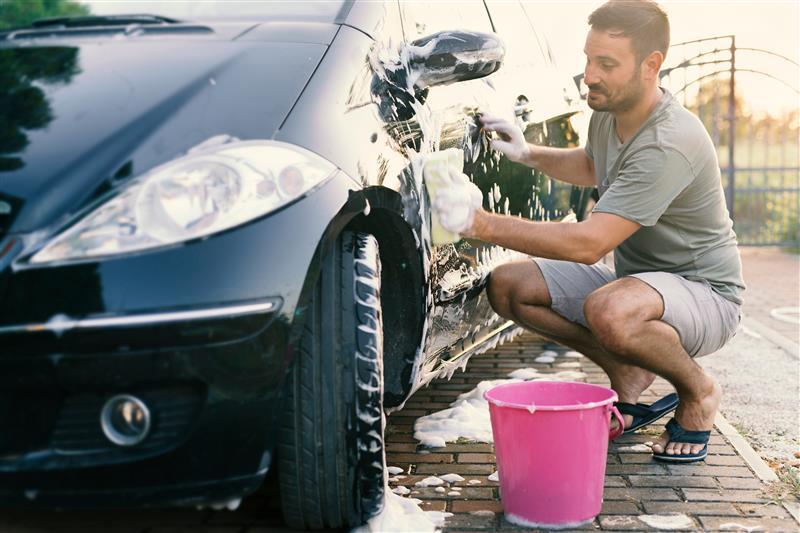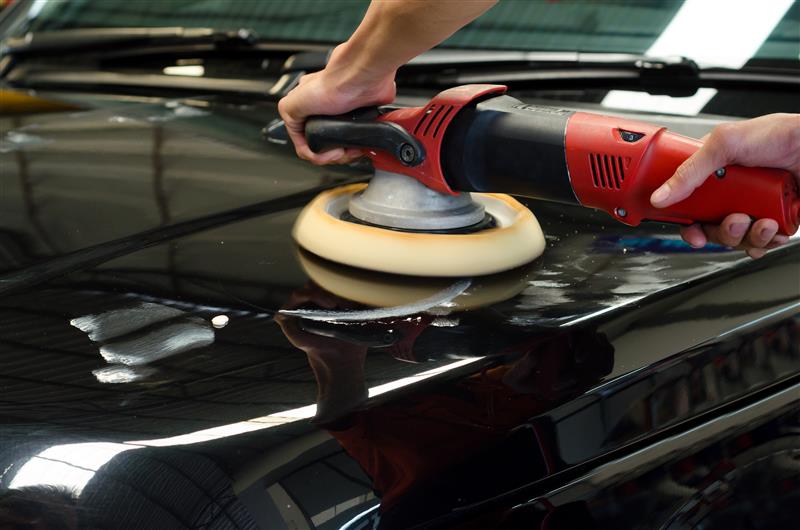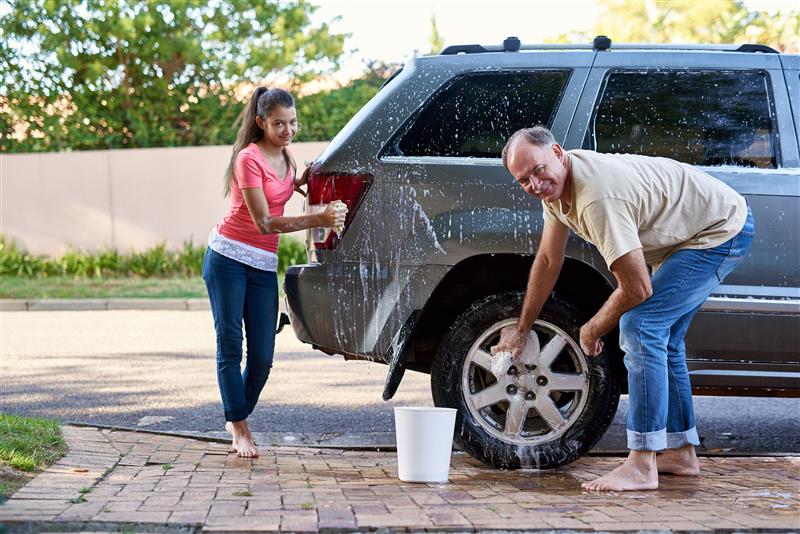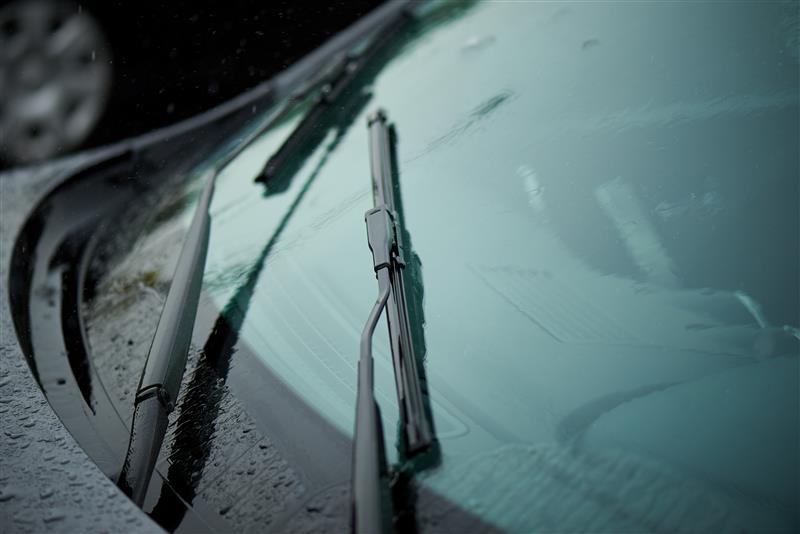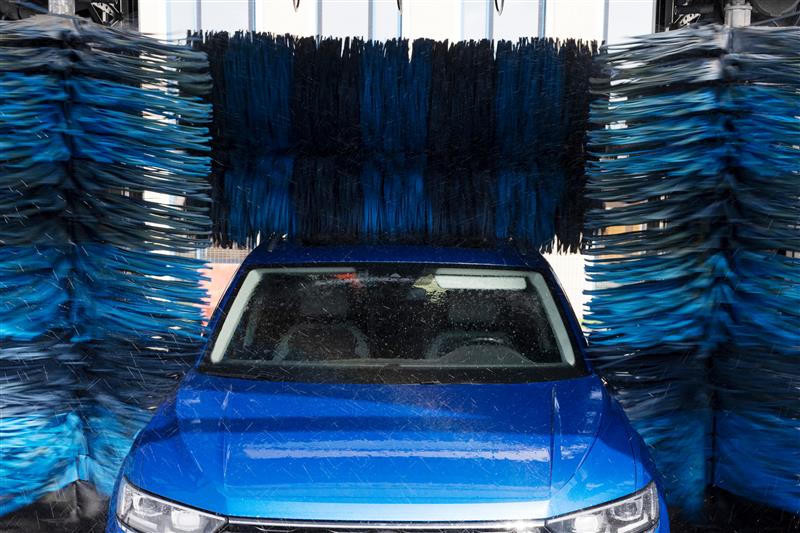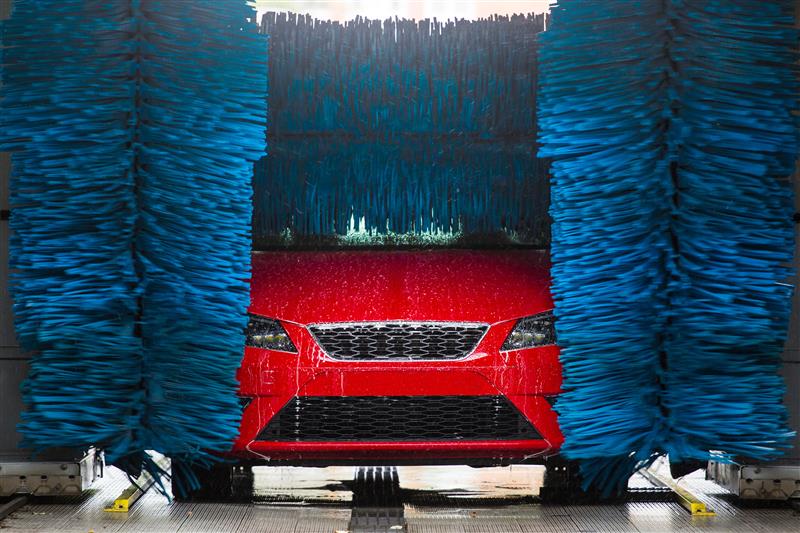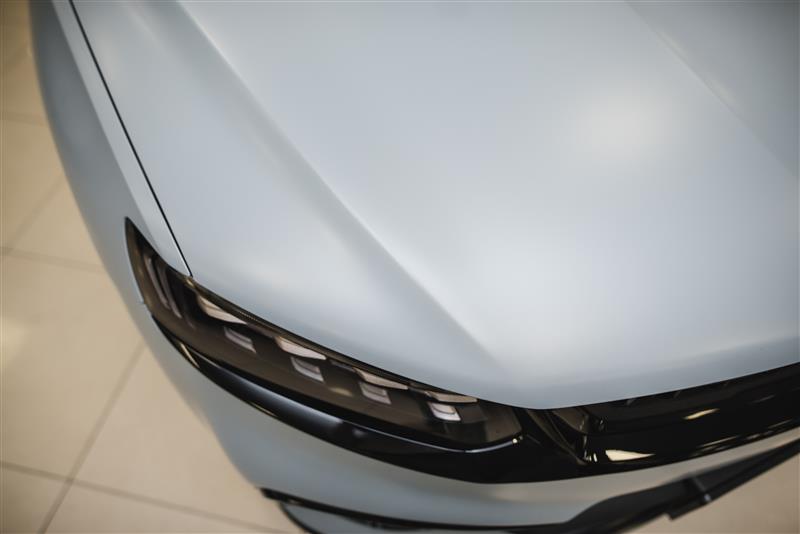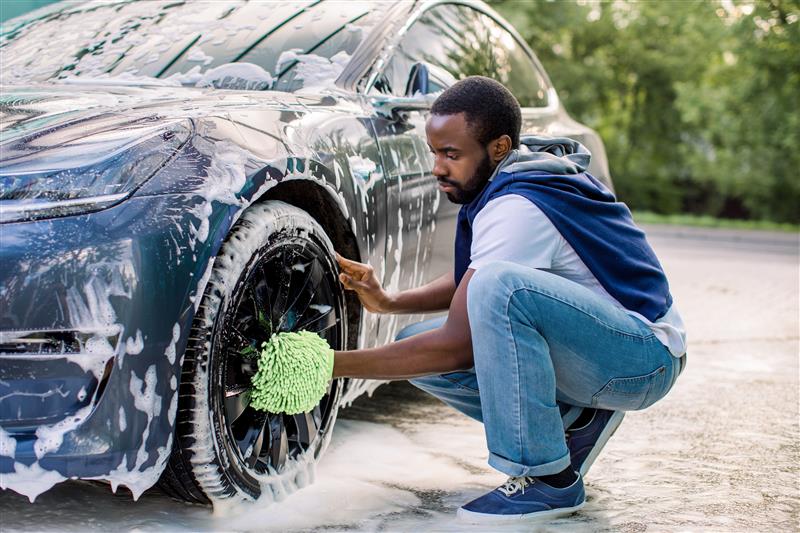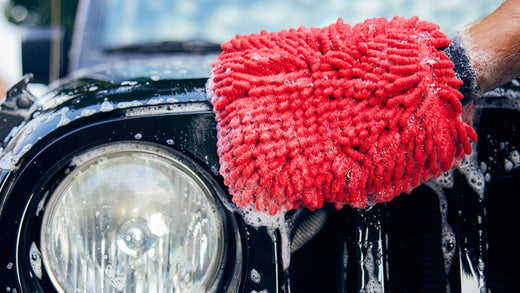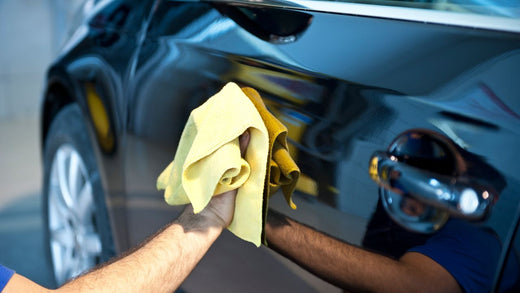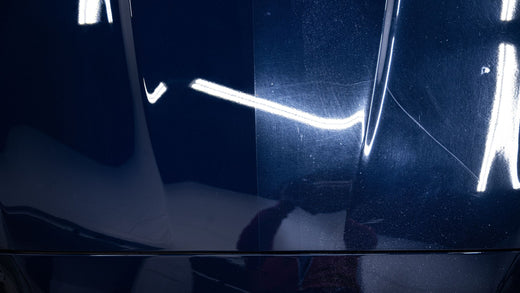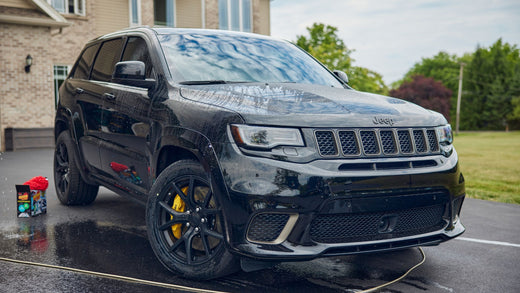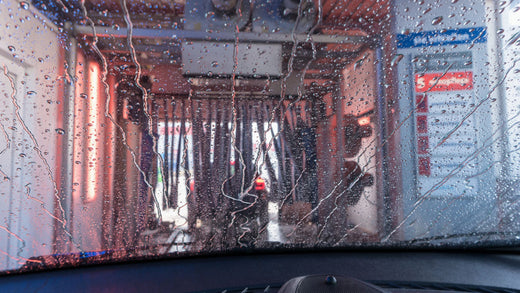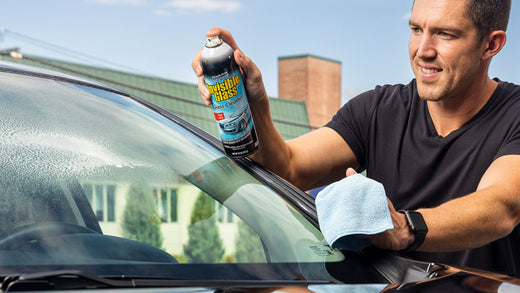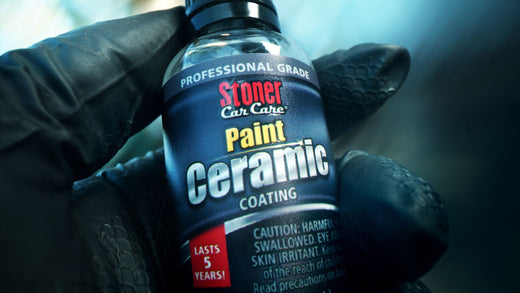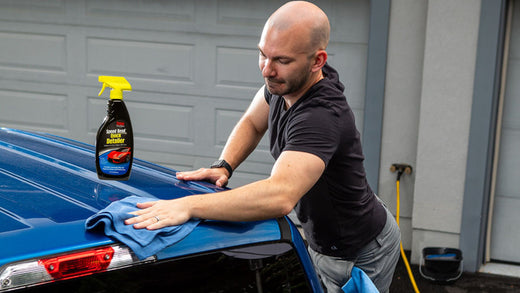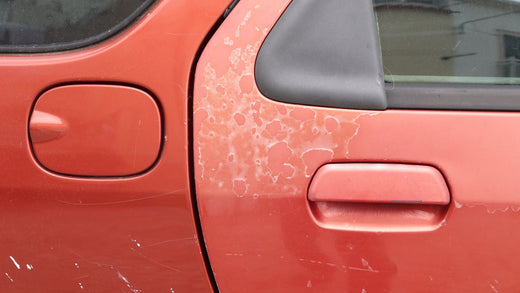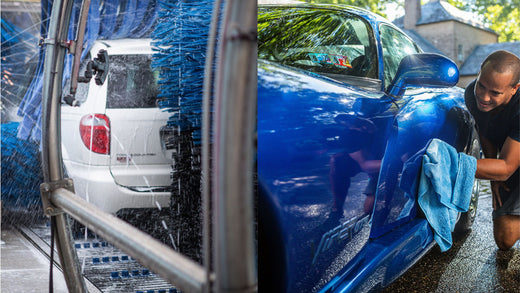Clear vision ahead with our holiday markdowns on Invisible Glass Ceramic Silicone Wiper Blades. Prices as marked.
Chalk it up to unavoidable wear and tear – You’ll notice your tires becoming brown over time, even if you don’t drive on muddy, dirt roads. This darkening happens to every car owner; thankfully, reviving your tire's appearance is not difficult. In this post, we’ll explore why tires get brown and, more importantly, share how to restore that deep, dark shine.
To get brown off tires: Rinse the wheel with water, spray a wheel cleaner on the tires and wait several minutes, agitate with a tire brush, thoroughly rinse off the tires, and apply tire dressing when dry.
Materials you’ll need
- A standard hose
- A bucket
- Tire brush
- Wheel cleaner (neutral pH for general cleaning)
- A water-based Tire dressing
A word about tire brushes…
We recommend using a medium-bristled tire brush because these provide enough friction to agitate baked-on grime without risking any damage to your wheel. Avoid brushes with stiff metal wires or steel teeth; these can penetrate weakened rubber and cause air leaks.
Rinse the wheel with water
Begin by rinsing each wheel with a hose to remove any light debris lingering on the wheel. Your wheels take considerable abuse during day-to-day driving, and removing what you can before scouring can make cleaning easier. Water also provides lubricity, which will help prevent scratching and other damage.
While you have the hose out, fill a bucket with water for rinsing. As you clean, you will dip your tire brush as it gets dirty into this rinse water to help prevent the re-application of any dust, brake dust, or grime lifted from the wheel.
Spray a wheel cleaner on the tires and wait several minutes
Wheel cleaners come in various strengths and pH levels, but we recommend using a neutral pH wheel cleaner for general cleaning jobs. These cleaners provide enough cleaning strength to remove brake dust and baked-on grime yet are gentle enough to be used routinely without the risk of damage to the rim or wheel.
Consider Stoner Car Care’s Wheel Cleaner if you need a wheel cleaner. It provides a neutral pH and effective foaming action that helps keep the solution on your wheel’s vertical surface.
Apply your wheel cleaner to the rim and tires, spraying the top and then working your way down. After spraying each wheel with your neutral-pH cleaner, wait a moment or two to allow the product to lift stubborn debris. If you use a more acidic cleaner, note the product’s recommended waiting time to prevent damage.
Agitate the surface with a tire brush
Use a tire brush to agitate the cleaning solution. We recommend starting with the top of the wheel and working your way down. Dirty solution and lifted debris will travel down the wheel with gravity as time passes. Working from top to bottom ensures that grime is not re-deposited onto already-cleaned areas.
Regularly use the rinse bucket or hose to clean your tire brush as you work. Using a dirty brush will make cleaning less effective. Rinse at least two or three times per wheel. Once you’ve agitated all the wheels, move on to the next step.
Thoroughly rinse the tires
Rinse away the wheel cleaner along with any remaining debris with the hose. Be thorough, rinsing all areas of the wheel: the rims, tires, spokes, rear areas, and brake calipers.
Once you have rinsed each wheel, wait for them to dry completely before applying tire dressing.
Apply tire dressing when dry
Not only do tire dressings enhance the look of the tire, but they also protect it from the sun’s harsh UV rays. Tire dressings contain chemicals that help rehydrate and protect the tire rubber.
When spraying a tire dressing, start with a small amount and scale up. Typically, two full, circular sprays are more than enough to cover the entire rubber tire. Excess solution can result in unsightly drippage or slinging if you drive immediately after cleaning.
Once you’ve put on a tire dressing, your tires should look brand new. Plan on repeating this process every few weeks to ensure your tires are clean and hydrated. Proper maintenance is required to correct tire browning.
Why do tires turn brown?
So, why do tires turn brown even if you don’t drive in the dirt? It all comes down to an element in the rubber called antiozonant. Tire manufacturers use this organic material to help protect the tires from premature cracking or drying. Antiozonant allows manufacturers to improve tire durability, allowing them to last up to 10 years!
Tire browning is also commonly called blooming. Over the tire’s lifespan, antiozonant pushes its way to the outer edge of the rubber. Once the element comes into contact with the outside world (and our oxygen), it yields the dreaded brown residue. While this substance is far from attractive, antiozonant’s benefits outweigh its cosmetic disadvantages.
Common Misconceptions about Tire Blooming
Some believe that mold releases and silicone-based tire dressings contribute to tire blooming. The answer is yes - and no.
Mold releases are non-stick lubricants in tire molds that help free the rubber from the mold. Though mold releases aren’t the main reason tires turn brown, they contribute to browning. Some lubricant residue remains on the tire, and this residue may contribute to blooming a couple of weeks after getting a new car or tires.
Silicone-based tire dressings, on the other hand, don’t contribute to tire blooming at all. Silicone is a sticky material that may allow dirt and dust to cling to your tires – creating a brown appearance. So, even though your tire might get dirty after applying a silicone-based dressing, this isn’t blooming. Try water- or solvent-based dressings if you desire longer-lasting tire dressings.
Restore that dark tone to your tires
Ultimately, your tires will eventually become brown even if you avoid dusty, dirt roads. Combine some routine maintenance with the steps above to keep your tires looking fresh and protected over the long haul: Rinse the wheel with water, spray a wheel cleaner on the tires and wait several minutes, agitate with a tire brush, thoroughly rinse off the tires, and apply tire dressing when dry. Don’t let tire browning bring you down. Restore that deep, dark luster, and enjoy the ride!

